Category: Yorkshire Coast
-
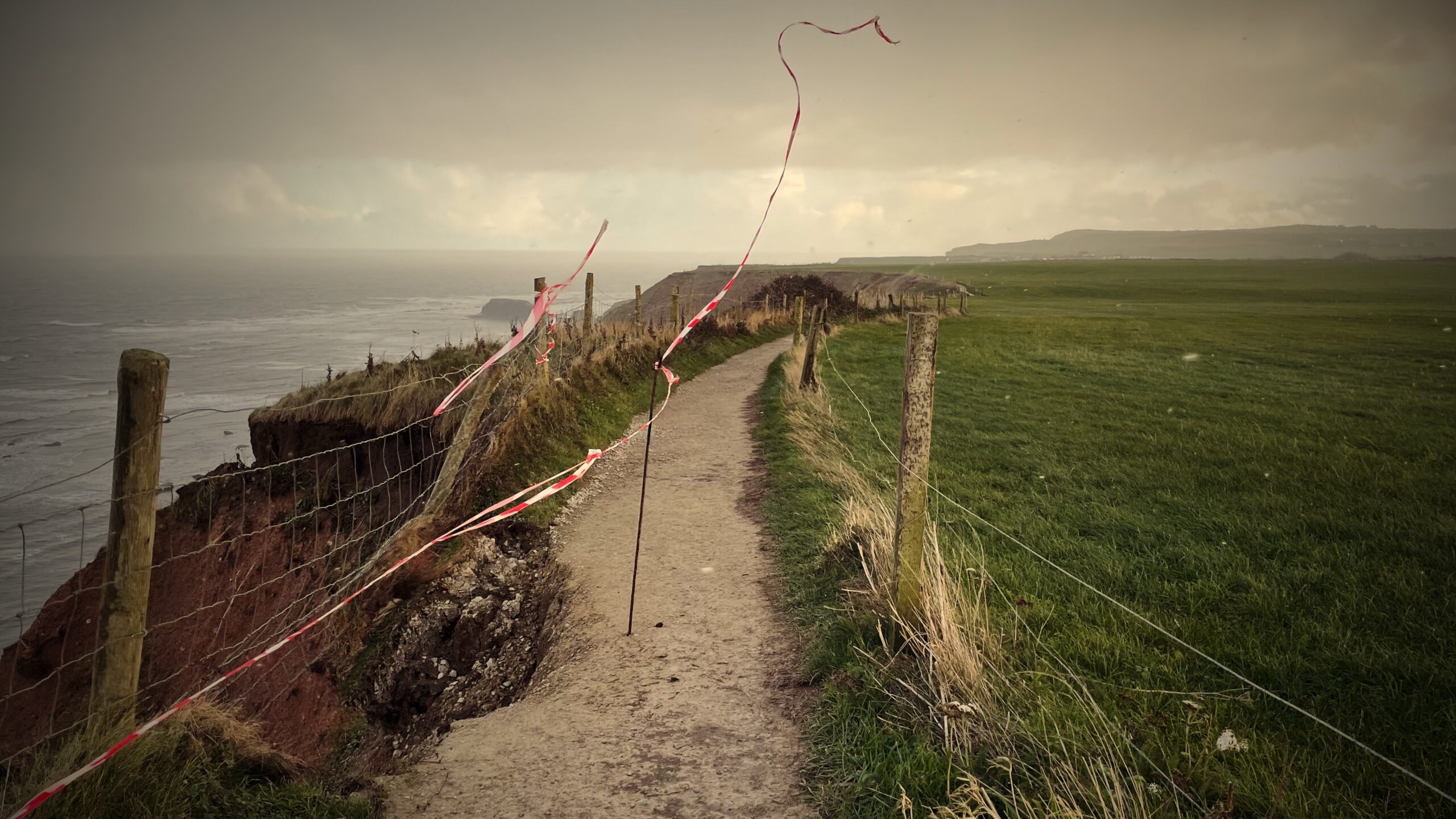
The Cleveland Way: A Slow March Into The Sea
One from Tuesday’s little jaunt to Whitby. I had fancied a stroll along the coastal path to Saltwick, though the weather had other ideas. A mischievous wind and a steady parade of squalls were doing their utmost to suggest that I might prefer to remain upright. The path here is crumbling with admirable enthusiasm. One…
-
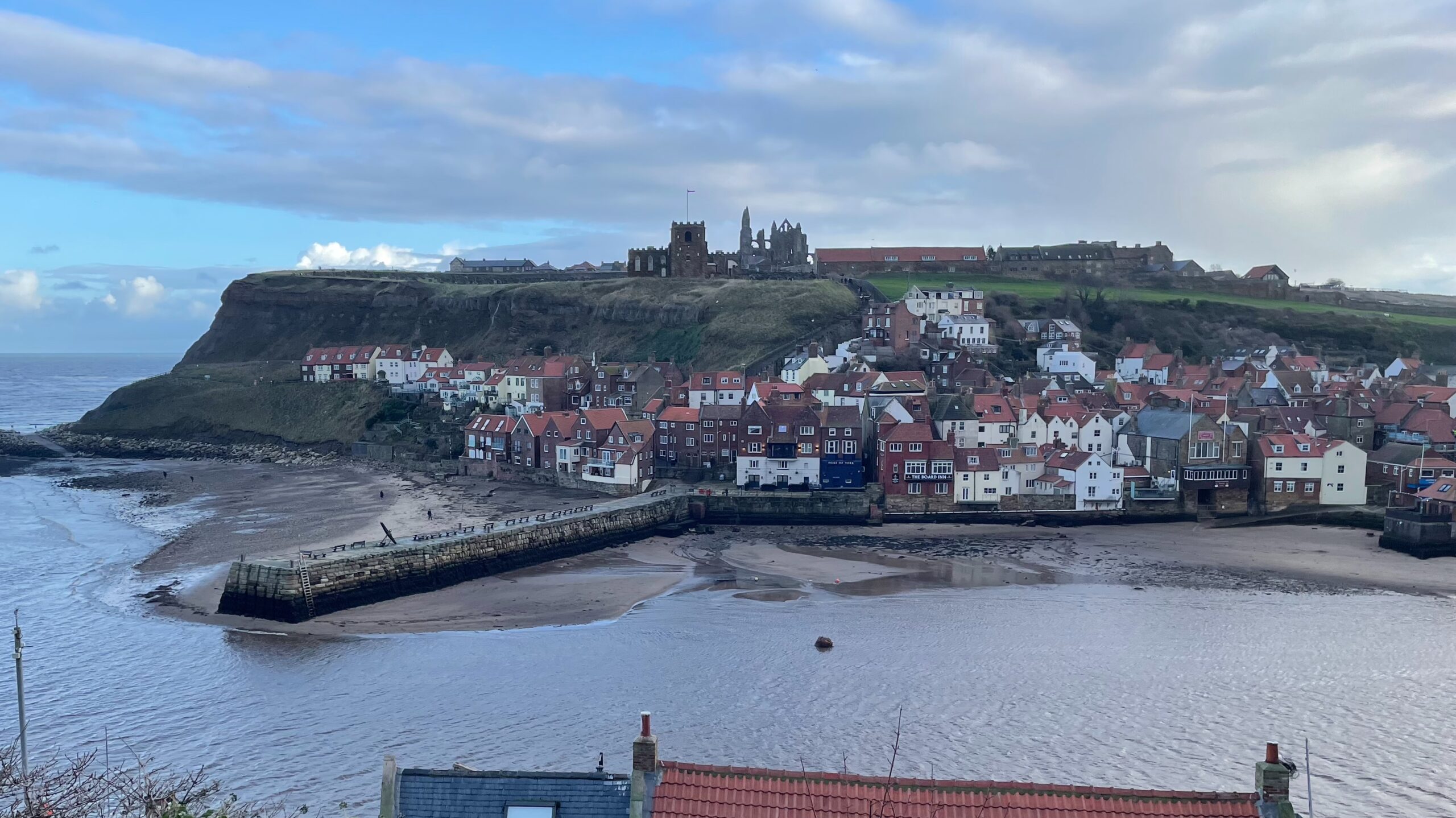
Whitby’s East Cliff
A rare chance to wander through the nooks and crannies of Whitby, where every turn seems to ooze history. This view from the curiously named Kyber Pass looks across the Esk towards the jumble of red-roofed houses that appear to cling for dear life to the crumbling East Cliff. High above them, standing guard against…
-
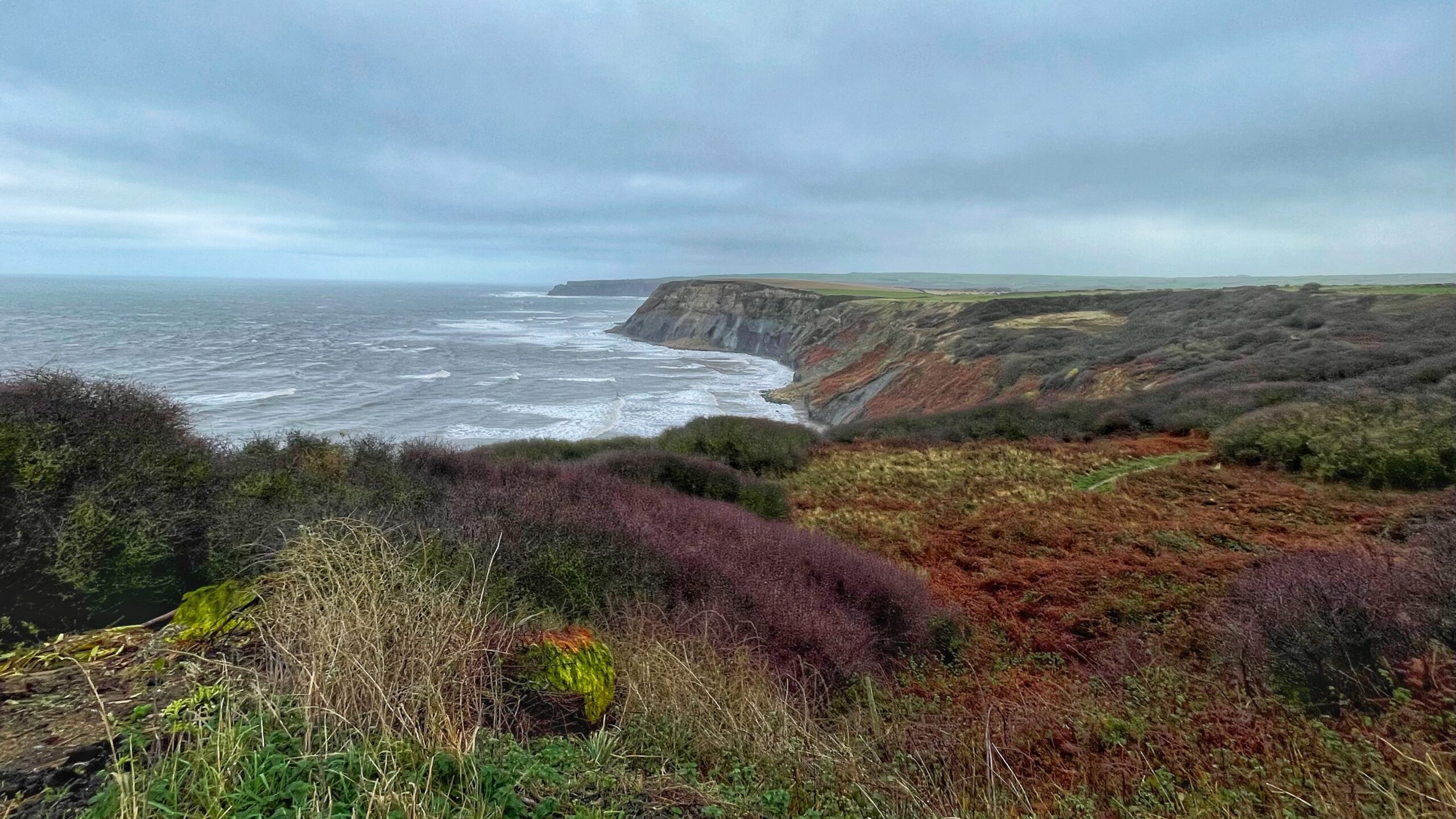
Clearing the Blackthorn: The Mother of the Woods Fights Back
A grey, soaking day settles over the National Trust property at Port Mulgrave. Rain drips from every branch and bramble. The task at hand: cutting back the blackthorn regrowth that is threatening to re-swallow the public footpath through a tangle of unyielding woodland. Far below, the North Sea heaves and claws at the base of…
-
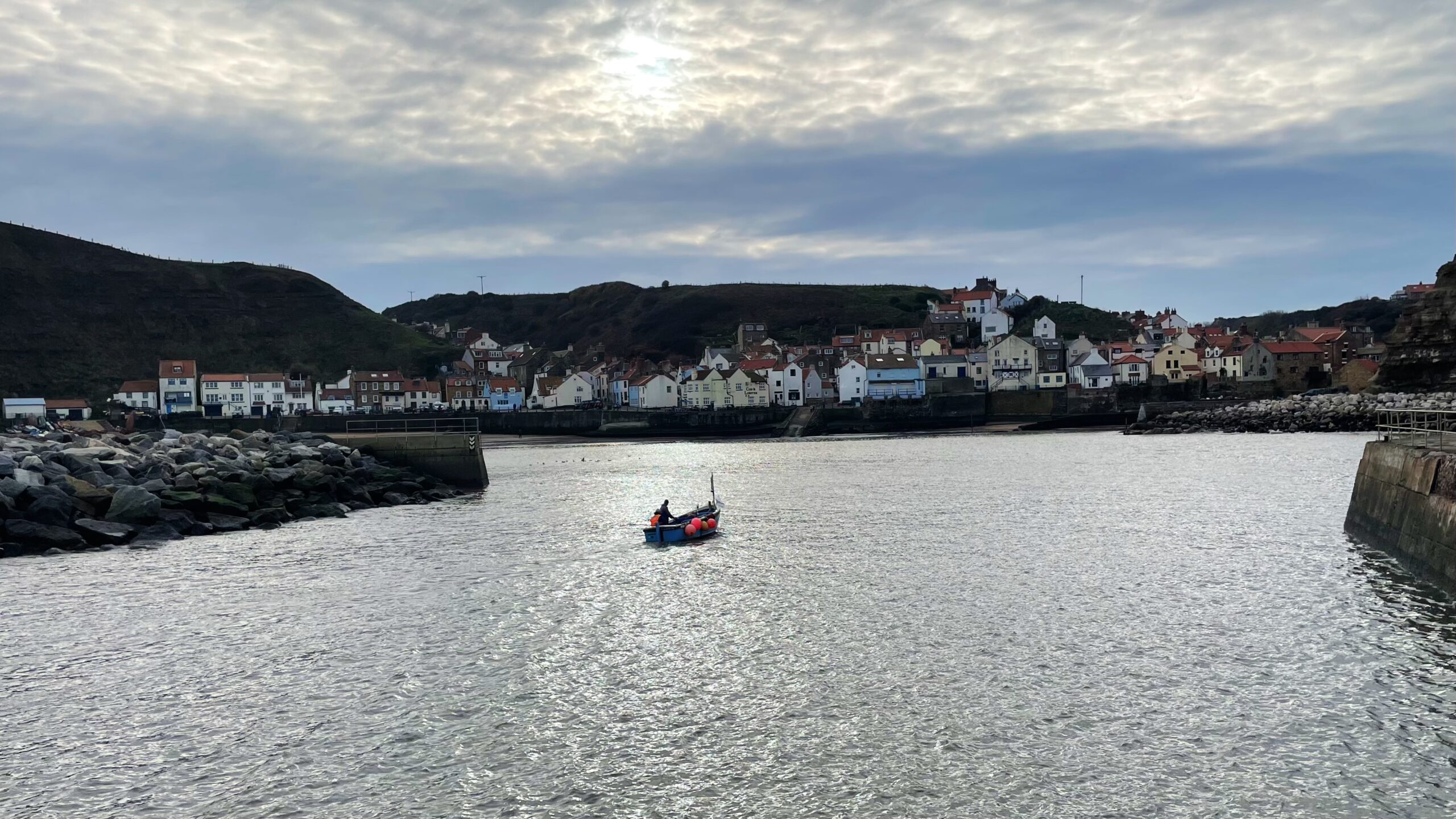
The Mermaids of Staithes
Staithes clings to the North Yorkshire cliffs like a stubborn barnacle, its narrow alleys and huddled cottages whispering tales of smugglers, storms, and shipwrecks. Once a modest “staith” — a landing place for Seaton, a settlement mentioned in the Domesday Book — the village grew around its tiny harbour, its people as resilient as the…
-
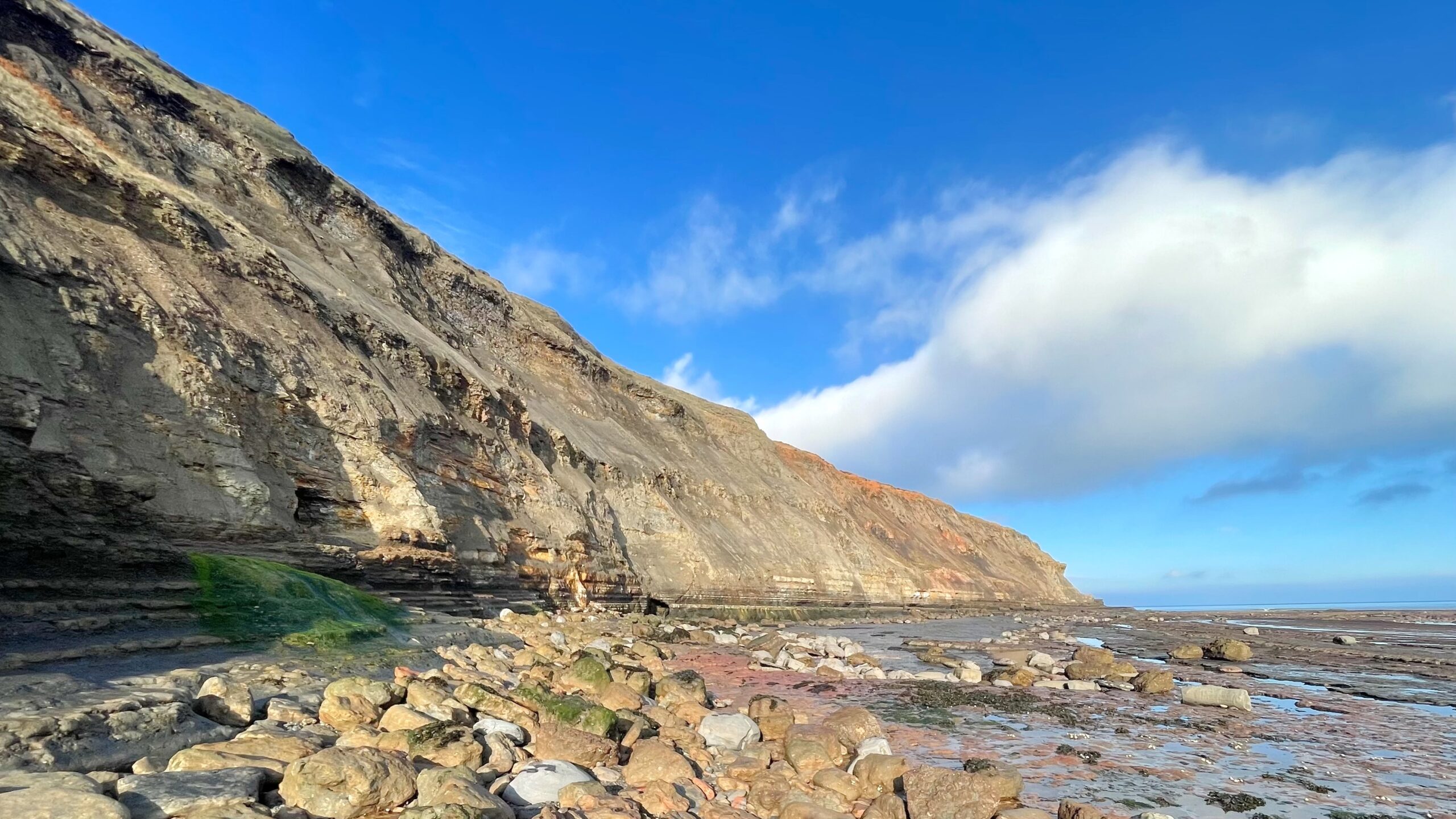
Brackenberry Wyke: Low Tide Quarrying
Only when the sea has receded at low tide can one safely pick a path along the foot of the cliffs at Brackenberry Wyke. Here lie the ghostly remains of the old ironstone workings, where men once hacked at the exposed seams before hauling their spoil through an adit to join the great warren of…
-
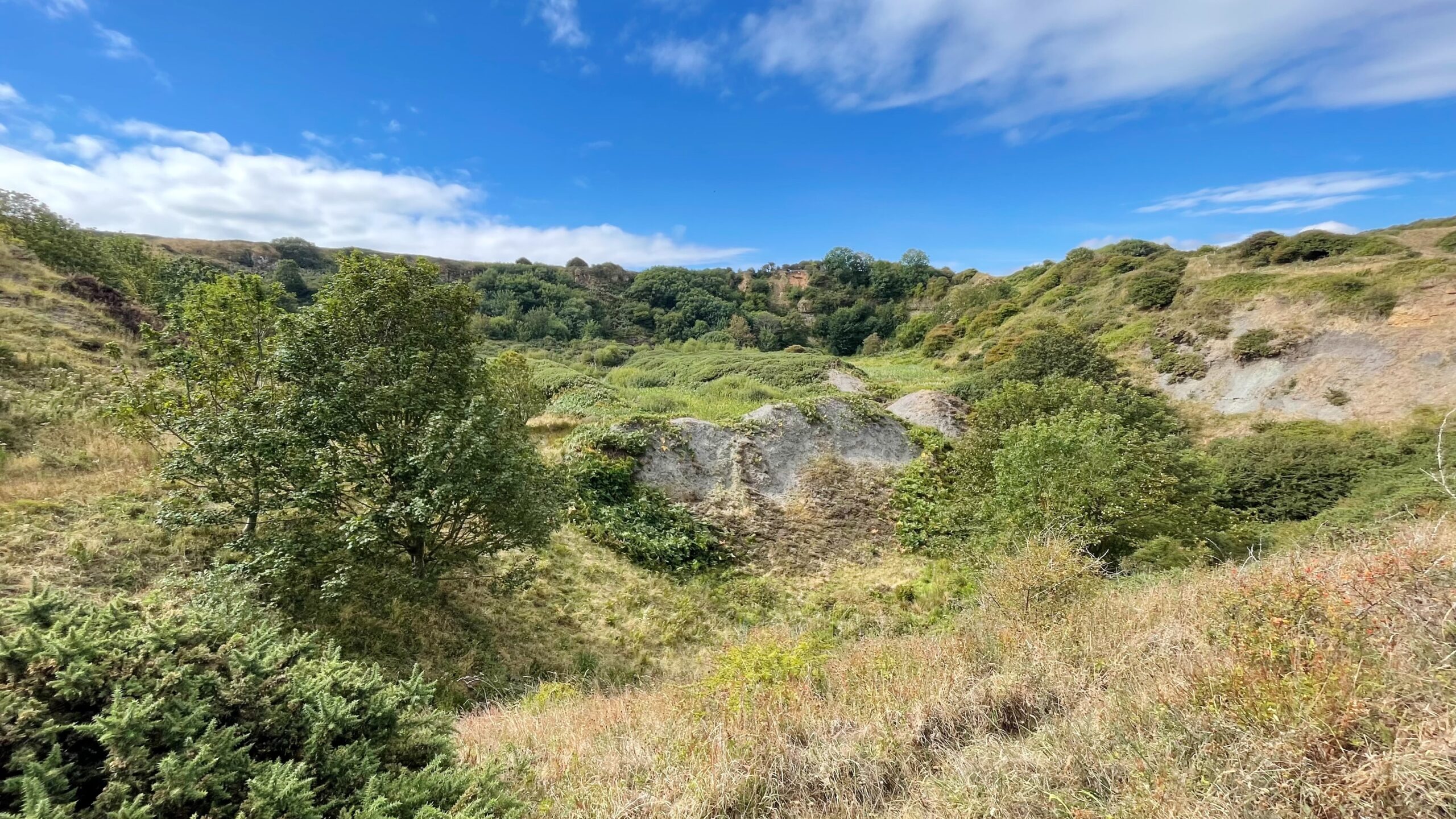
Deep Grove Quarry: Smoke, Shale, and Sulphur
High on the North Yorkshire coast, Deep Grove quarry tells the story of an industry that once transformed the landscape—and filled the air with choking fumes. Between 1720 and 1860, quarrymen here carved out the earth by hand, using nothing more than picks and shovels, to extract alum shale. From this shale, alum was produced,…
-
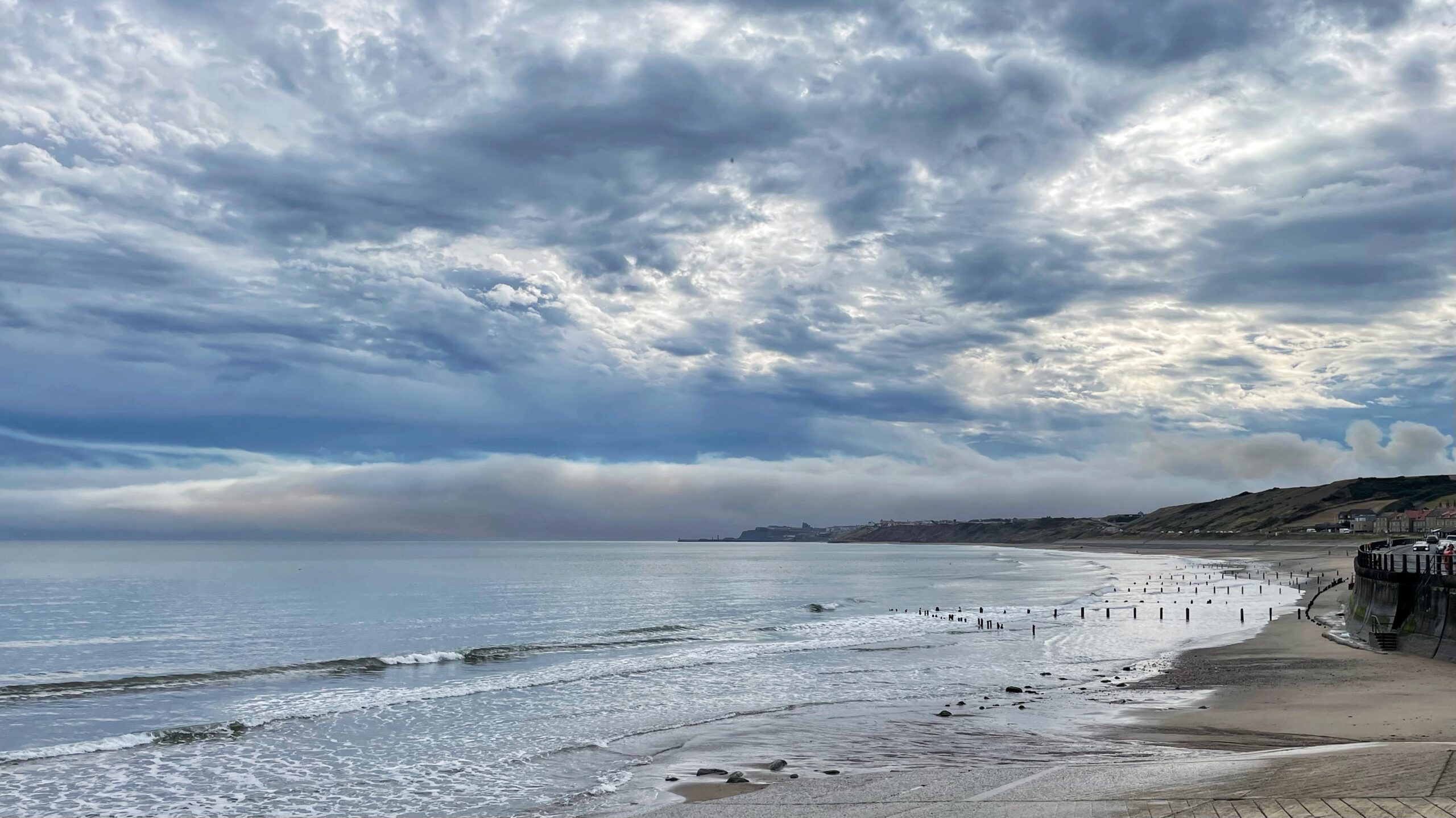
Smoke over Whitby — The Sandsend Bogey
The coast lies quiet beneath a sky heavy with cloud. Small waves slide up the beach with the ebbing tide. It is early yet; the crowds have not arrived. But beyond the headland the scene darkens. A wall of orange-stained smoke rises from the moor, its glow outlining Whitby and the Abbey. The fire on…
-

The Black Gold of Far Jetticks
A sheer cliff edge north of Robin Hood’s Bay gives a sweeping view of the Yorkshire Coast, where rock and industry meet. This coastline is now known more for its beauty than for what has been pulled from beneath it: ironstone, alum shale, jet, coal, sandstone, cementstone. Today, the prize is potash and polyhalite, mined…
-

Hunt Cliff — Victorian Engineering Meets Geological Indifference
It is endlessly surprising—though it really should not be—how absurdly fragile this stretch of the old Cleveland Railway remains, teetering along the edge of Hunt Cliff as though daring gravity to intervene. Originally built between 1865 and 1867, its grand purpose was to move ironstone from Loftus to the blast furnaces east of Middlesbrough. Rather…
-

High Lingrow: From Wartime Deception to Agricultural Use
At Port Mulgrave today, where the weather could not make up its mind, shifting between sunshine and snow flurries. Lingrow Cliffs is just that little headland across the bay, not really anything special, especially at low tide. But near its highest point—named, with great imagination, High Lingrow—there was once a Second World War bombing decoy…